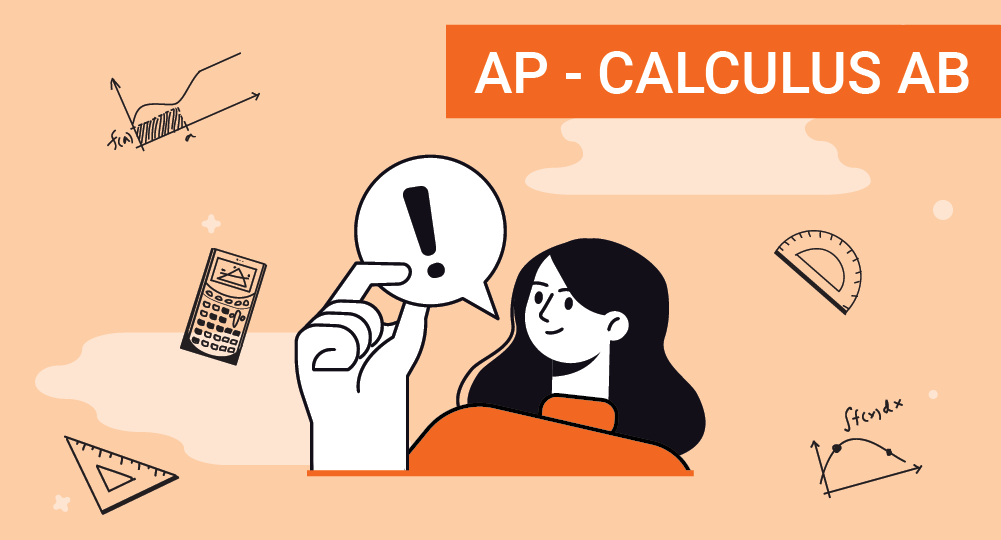
SAT Mathematics
Scholastic Aptitude Test or SAT is conducted by College Baord. Most of the universities and colleges provide admissions based onn the SAT score. SaT has upgraded to Digital SAT to adapt the changing needs of students and educators. SAT focuses on evidence-based reading, writing, problems solving skills and data analysis. It can be attempted multipled times in an year.
Know more about SAT
The SAT (Scholastic Assessment Test) is a standardized test widely used for college admissions in the United States. It is designed to assess a student's readiness for college and is administered by the College Board, a nonprofit organization. The SAT is a significant component of many college applications, and a good score can enhance a student's chances of gaining admission to their desired colleges or universities.
It consists of sections in Reading, Writing and Language, Math (with and without a calculator), and an optional Essay.
The Reading section assesses comprehension skills through passages from various subjects like literature, social sciences, and natural sciences.
The Writing and Language section evaluates grammar, usage, and rhetoric skills through multiple-choice questions.
The Math section covers topics such as algebra, geometry, and data analysis, with some questions allowing calculator use and others not.
The optional Essay section provides an opportunity for test-takers to demonstrate their analytical writing skills.
Test Pattern
| S No | Section | Time Limit | Number of Questions |
|---|---|---|---|
| 1 | Reading | 65 minutes | 52 questions |
| 2 | Writing and Language | 35 minutes | 44 questions |
| 3 | Math (No Calculator) | 25 minutes | 20 questions |
| 4 | Math (Calculator) | 55 minutes | 38 questions |
| 5 | Optional Essay (if taken) | 50 minutes | N/A |
*The Essay section is optional and does not include a specific number of questions. It requires writing an essay in response to a prompt
What you'll learn
- 1
Linear Equations in 1-variable and 2-variables, linear functions and quadratic functions.
- 2
Graphical representation of Algebraic Expressions
- 3
Ratio, proportion, rate and percentage
- 4
Units, Measurement and unit conversion
- 5
Probability and Two-way Frequency Tables
- 6
Data collection and Representation
- 7
Polynomials, Radical and Rational functions
- 8
3D shapes and Solid Geometry
- 9
Lines, Angles and Triangles
- 10
Cicles and basic concepts of circles
- 11
Complex Numbers
Skills you'll learn
Create and solve linear equations, and inequalities in 1 variable and 2 variables
Relation between Graphical representation and Algebraic representation
Solve problems using ratios, proportions, rate, and percentage
Measurement of different quantities, their units and unit conversion
Using two-way frequency tables and calculate probability
Writing Polynomials and basic operations on polynomials
Writing quadratic or exponential function and finding solution to quadratic functions
Simplifying and solving radical functions and rational functions
Understand congruency and similarity. Apply for lines, angles and triangles
Understand trigonometric ratios and use trigonometric functions to measure angles
Understand the concept of circles, arc, chord length, area of sectors and angles
Simplify Complex Numbers and Basic Operations of Complex Numbers















